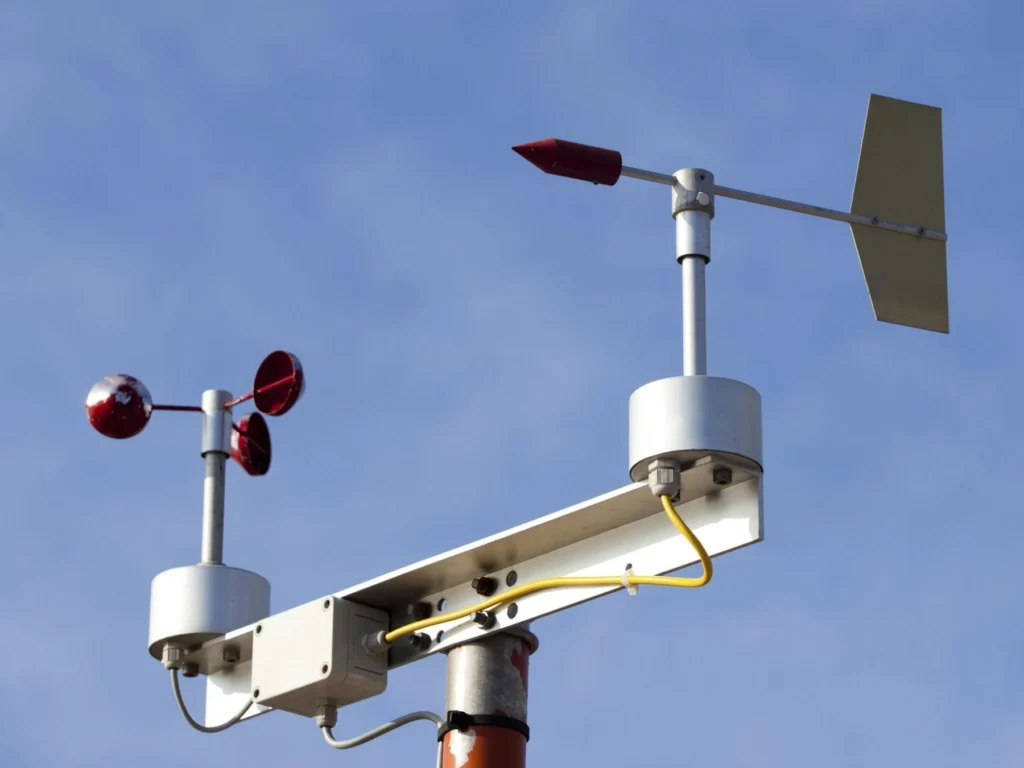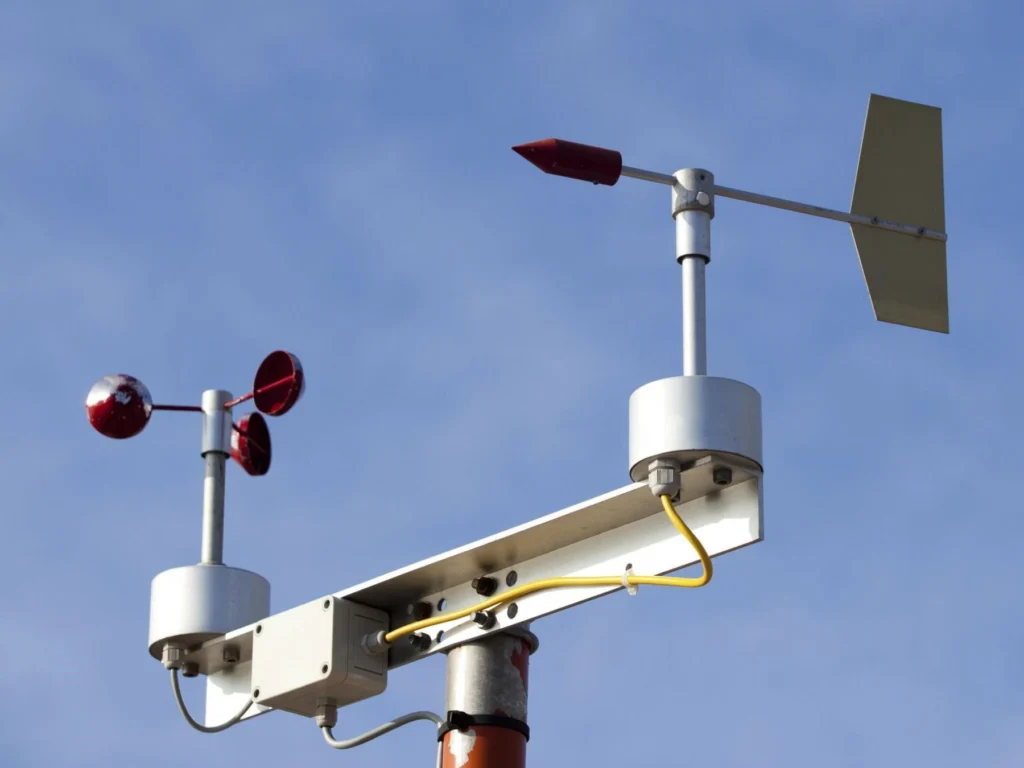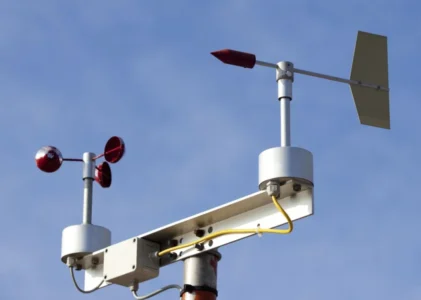
# Wind Measuring Instruments: Essential Tools for Accurate Weather Monitoring
Wind measuring instruments are indispensable tools in meteorology, environmental science, and various industries that rely on accurate weather data. These devices provide critical information about wind speed, direction, and other related parameters, enabling professionals to make informed decisions and predictions.
## Types of Wind Measuring Instruments
There are several types of wind measuring instruments, each designed for specific applications and environments. Some of the most common include:
– Anemometers: These devices measure wind speed and are widely used in weather stations, aviation, and marine applications.
– Wind Vanes: Also known as weather vanes, these instruments indicate wind direction and are often paired with anemometers for comprehensive wind data.
– Sonic Anemometers: Utilizing ultrasonic sound waves, these advanced instruments measure both wind speed and direction with high precision.
– Cup Anemometers: Featuring rotating cups, these traditional devices are reliable for measuring wind speed in various conditions.
## Applications of Wind Measuring Instruments
Wind measuring instruments are utilized in a wide range of fields, including:
– Meteorology: Accurate wind data is crucial for weather forecasting and climate studies.
– Aviation: Pilots and air traffic controllers rely on wind measurements for safe takeoffs, landings, and flight planning.
– Marine Navigation: Sailors and maritime professionals use wind data to navigate safely and efficiently.
– Renewable Energy: Wind turbines require precise wind measurements to optimize energy production and ensure operational safety.
## Importance of Accurate Wind Measurement
Accurate wind measurement is vital for several reasons:
– Safety: Reliable wind data helps prevent accidents in aviation, marine navigation, and construction.
– Efficiency: In industries like renewable energy, precise wind measurements enhance the efficiency and output of wind turbines.
– Environmental Monitoring: Wind data is essential for studying weather patterns, climate change, and environmental impacts.
## Choosing the Right Wind Measuring Instrument
Selecting the appropriate wind measuring instrument depends on the specific application and environmental conditions. Factors to consider include:
– Accuracy: High-precision instruments are necessary for critical applications like aviation and meteorology.
– Durability: Instruments used in harsh environments must be robust and weather-resistant.
– Ease of Use: User-friendly devices with clear data displays and simple calibration processes are preferred.
– Cost: Budget considerations are important, but should not compromise the quality and reliability of the instrument.
In conclusion, wind measuring instruments are essential tools for accurate weather monitoring across various industries. By understanding the different types, applications, and importance of these devices, professionals can make informed decisions and ensure safety, efficiency, and environmental sustainability.
Keyword: wind measuring instrument


